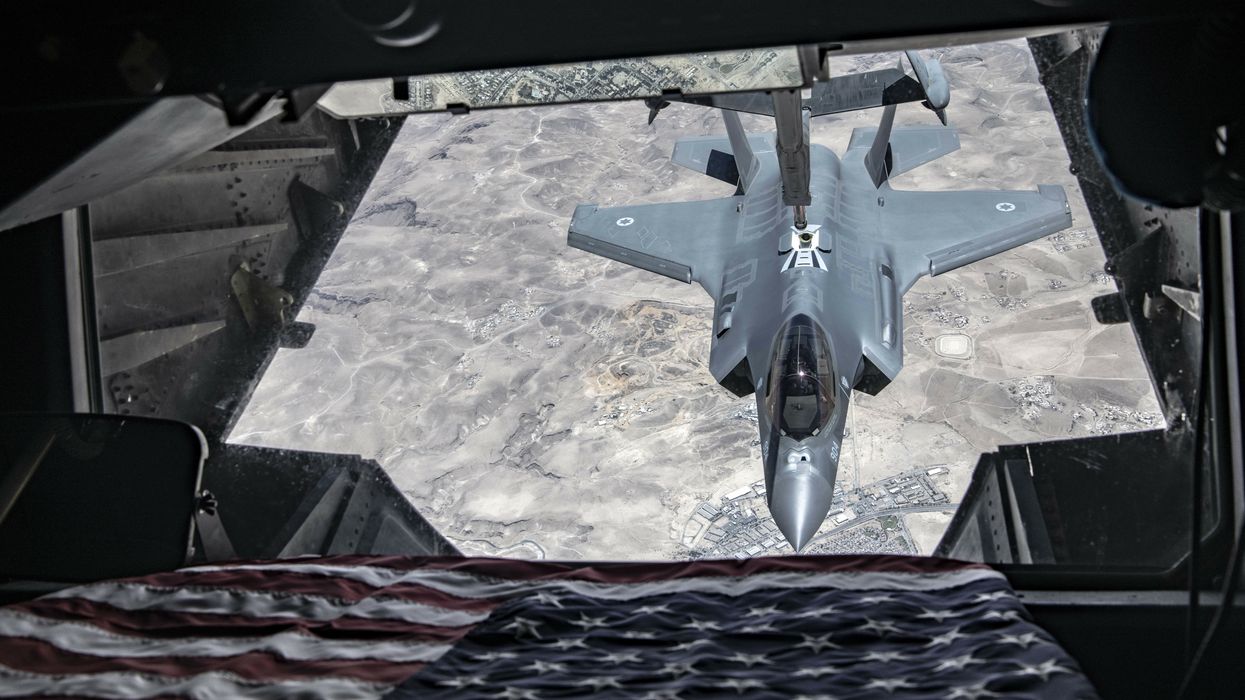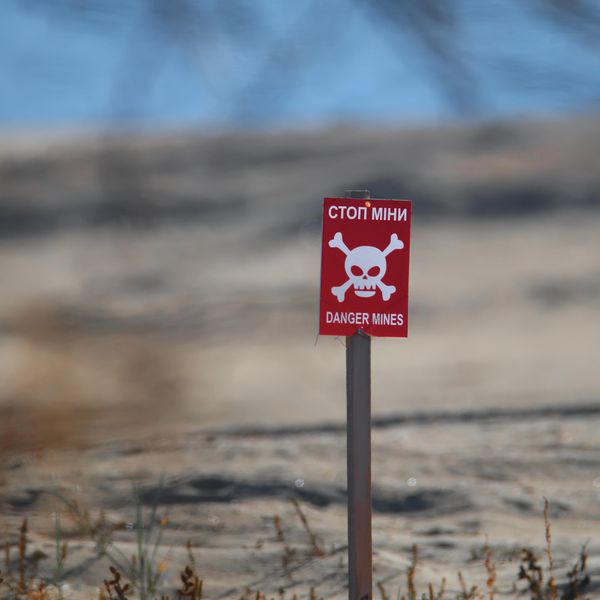Secretary of State Antony Blinken’s recent trip to China highlighted the need to manage the increasingly militarized competition between Washington and Beijing. Blinken appered to succeed in stabilizing relations but failed to resume military-to-military communication channels amidst worry over China’s naval and nuclear expansion.
Although it is sometimes argued that China’s official $292 billion expenditure is insignificant beside America’s $877 billion military budget, due to vastly different budgeting and accounting processes, direct comparisons between American and Chinese defense spending are misleading at best. China’s true military budget is hard to determine considering budget discrepancies and differences in purchasing power between China and the United States. Additionally, Beijing’s numbers omit, obfuscate, and hide spending programs and are likely much higher than those publicly announced.
While many suggest this unconstrained spending growth should sound the alarm about an imminent invasion of Taiwan, that fear is misplaced; rather, it signals an emerging arms race in Northeast Asia that could become a self-sustaining cycle of escalation without renewed regional stability talks to mitigate regional threats. The People’s Republic of China’s growing arsenal of strategic nuclear weapons should similarly be integrated into wider discussions. With renewed great power competition, the watchword in military circles, there is as much danger in overestimating as underestimating Beijing’s swelling military muscle.
The PRC’s military expenditure is shrouded in mystery. The Ministry of Finance’s military budget contradicts that of the Ministry of Defense, amounting to discrepancies of several billions of dollars. Additionally, the People’s Liberation Army does not release pricing information on its goods and services, making it difficult to measure the purchasing power parity of its budget and products relative to other countries. Moreover, any information on advertised prices in the PRC should be taken with a grain of salt because Beijing’s state-run economy means that products may be artificially valued by state intervention.
Whatever number comes out of the politburo, the real number is likely far higher. The Ministry of Finance indicates that military spending is rising to $255 billion for 2023 but policy research organizations have found defense spending to be as much as $90 billion above annually announced values. The official numbers omit notable spending programs such as research and development efforts, space program spending, mobilization funds, recruitment costs, military base operating expenses and foreign weapons procurement. Entire components of the Chinese armed forces like the People’s Armed Police — a paramilitary police force that handles internal security, law enforcement and maritime security — fall outside of the official budget despite remaining under the control of the Central Military Commission.
Regardless of the exact amount of Chinese military spending, Beijing's arms buildup is creating an arms imbalance in Asia. China's investments in military technologies, including artificial intelligence, cyber capabilities, and space-based assets are advancing China’s military modernization goals and industrial arms capacity for the next three decades. Beijing is already the fourth largest net exporter of weapons by value, accounting for 5.2 percent of global exports. Regional rivals like India, Australia, and Japan are net importers at 11 percent, 4.7 percent, and 3.2 percent of global arms imports, respectively. China also hosts three of the world's top 20 arms manufacturers measured by sales compared to zero in Japan, zero in Australia, and two in India. Major journals already warn of an arms race underway between Japan, South Korea, Taiwan, and the PRC.
China's concealment of its military budget only creates bad policy choices for U.S. decision-makers. Underestimation of the budget may lead to complacency, resulting in a lack of preparation for a potential military threat from China. Overestimation, on the other hand, may result in unnecessary and costly military spending, which could harm the U.S. economy in the long run. Inaccurate estimates could also fuel unfounded fears, leading to overly aggressive spending and military policies toward China. Beijing may in return begin retaliatory spending or other military actions, which would compound the latent arms race already underway. Such confusion would be detrimental to the wider Sino-American relationship and U.S. priorities in the Indo-Pacific.
Worse yet, obscurity surrounding Chinese military spending is feeding fears of an invasion of Taiwan. Media outlets are quick to sensationalize and assert that China is building a military to conquer Taiwan by 2027. However, leading American defense officials see “no sign” that Chinese President Xi Jinping — the most likely candidate for Chinese adventurism — will make a move for Taiwan in the next few years. General Mark Milley, Chairman of the Joint Chiefs of Staff, explains that the PLA does not have the means to launch an amphibious invasion on Taiwan’s tough and mountainous terrain. Meanwhile, congressional war games have determined that a war between Washington and Beijing over Taiwan would lead to “death and destruction on scales that haven’t been seen in decades.”
The developing arms race in Northeast Asia deserves renewed stability talks between China, the United States and American allies in which transparency about budgets could play a helpful role. American diplomats can begin informal discussions at lower levels to get a sense of Chinese priorities and willingness to engage in deeper dialogue. Identifying common areas of interest and disagreement can determine how to manage discussions and constructively build on conflicts.
Confidence-building measures such as military-to-military exchanges, cultural exchanges, and educational exchanges could be initiated to build trust between the two countries. Eventually, both sides can set up a formal dialogue mechanism similar to the U.S.-China Strategic and Economic Dialogue that regularly meets to explain and communicate military priorities and spending programs. However, unlike previous bilateral dialogues, these meetings need to maintain a sustained, open, and constructive conversation to find solutions that benefit both countries.
The United States should lead a whole-of-government approach that tackles Beijing’s destabilizing spending habits. While some may point to a few thousand Marines on Guam or the AUKUS agreement as sole drivers of China's defense spending, Beijing is ultimately responsible for its sovereign decisions. The PRC clouds its true military spending which is likely higher than publicly announced. While this does not mean that an invasion of Taiwan is imminent, it certainly does not mean that China is on a peaceful rise.
China is still largely a regional power, so it is misleading to compare its defense spending to that of a global power. The fact remains, however, that in an environment where China’s forces already outmatch those of its neighbors, it is rapidly building more. With aging populations, climate change and pandemics already crying out for government resources, is an arms race in anyone’s interest? Diplomatic engagement with China, backed by prudent defense spending, can help answer that question.
















